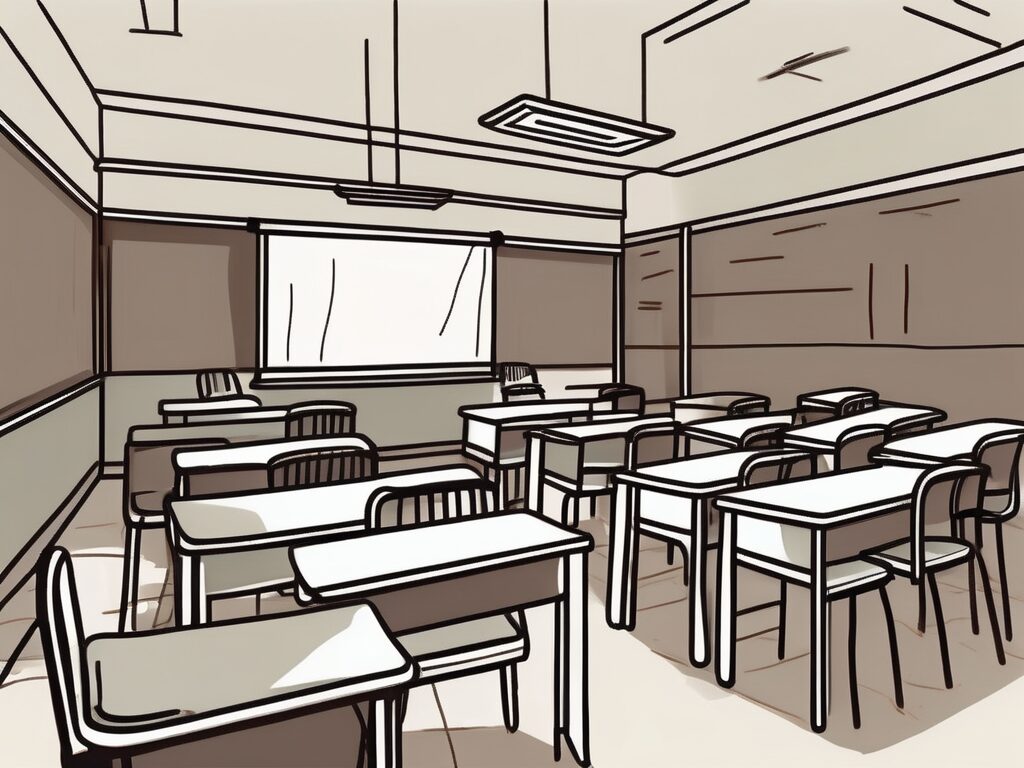Education inequality is a global issue that transcends borders and cultures. In Thailand, this issue is particularly pronounced, with disparities in educational opportunities and outcomes being a major concern. For International Postgraduate Certificate in Education (IPGCE) teachers looking to make a difference, understanding the landscape of education inequality in Thailand is crucial. Here are five insights that will help you navigate this complex issue.
1. The Rural-Urban Divide
The Disparity in Resources
One of the most prominent forms of education inequality in Thailand is the rural-urban divide. Schools in urban areas, particularly in Bangkok, are often well-resourced, with modern facilities and highly qualified teachers. In contrast, rural schools are frequently under-resourced, lacking in both physical infrastructure and qualified teachers.
Imagine it as a football match where one team has state-of-the-art training facilities, top-notch coaches, and a full squad of players, while the other team has a rundown pitch, a single coach, and barely enough players to field a team. It’s not hard to see which team is at a disadvantage.
The Impact on Learning Outcomes
The disparity in resources inevitably impacts learning outcomes. Students in urban areas often outperform their rural counterparts in national examinations. This is not because rural students are less capable, but because they have less access to quality education.
Think of it as a race where one runner starts halfway down the track. It’s not that the other runners can’t run as fast or as far; they just don’t have the same starting point.
2. Socioeconomic Status and Education
The Role of Wealth
Socioeconomic status plays a significant role in education inequality in Thailand. Wealthier families can afford to send their children to private schools or hire private tutors, giving them a leg up in the education race.
It’s like being able to afford a high-performance car in a race. Sure, skill is important, but having a faster car certainly gives you an advantage.
The Cycle of Poverty
Unfortunately, children from poorer families often get caught in a cycle of poverty. Their parents may not have the means to provide them with the same educational opportunities, and without a good education, these children may struggle to escape poverty as adults.
It’s a bit like trying to climb a mountain with a heavy backpack. The weight of poverty makes the climb that much harder.
3. Language Barriers
The Challenge of English Proficiency
English proficiency is another factor that contributes to education inequality in Thailand. Many schools, especially in rural areas, lack teachers who are proficient in English. This puts students at a disadvantage, as English is increasingly important in the global job market.
Imagine trying to play a video game in a language you don’t understand. You might be able to figure out some of the controls, but you’re likely to miss important instructions and struggle to complete the game.
The Role of IPGCE Teachers
This is where IPGCE teachers can make a significant difference. By bringing their English proficiency and teaching skills to these schools, they can help level the playing field for these students.
Think of it as giving the video game player a translation guide. Suddenly, they can understand the instructions and have a much better chance of completing the game.
4. Gender Inequality
The Gender Gap in Education
Gender inequality is another issue that contributes to education inequality in Thailand. While the gender gap in education has narrowed in recent years, it still exists, particularly in rural areas and among certain ethnic groups.
Imagine a game of tug-of-war where one team has more players than the other. The team with fewer players is at a clear disadvantage.
The Impact of Gender Stereotypes
Gender stereotypes also play a role in this inequality. Traditional gender roles can limit the educational opportunities available to girls, particularly in rural areas.
It’s like being told you can only play certain positions in a football match because of your gender. It limits your opportunities and potential.
5. Ethnic and Cultural Disparities
The Challenge for Ethnic Minorities
Ethnic and cultural disparities also contribute to education inequality in Thailand. Ethnic minority students often face language barriers, discrimination, and a lack of culturally relevant education.
Imagine being a left-handed player in a game designed for right-handed players. You can still play, but it’s much more challenging.
The Importance of Culturally Relevant Education
Culturally relevant education can help address these disparities. This involves incorporating the culture, history, and values of ethnic minority students into the curriculum, making education more relevant and engaging for these students.
It’s like redesigning the game to accommodate both right-handed and left-handed players. Suddenly, the game is much more accessible and enjoyable for everyone.
In conclusion, education inequality in Thailand is a complex issue with many contributing factors. However, with understanding and action, IPGCE teachers can play a significant role in addressing this inequality and helping all students reach their full potential.
Transform Your Impact with iPGCE
As an educator committed to bridging the gap of education inequality in Thailand, the International Postgraduate Certificate in Education (iPGCE) is your stepping stone to making a substantial difference. Enhance your qualifications, connect with a global network of professionals, and gain a deeper understanding of international curricula with our Level 7 programme. Embrace the opportunity for career progression, increased salary potential, and a flexible study schedule that fits your busy life. Don’t let inadequate credentials limit your impact. Join the UK’s #1 Teacher Training Course today and equip yourself to tackle education inequality head-on.

